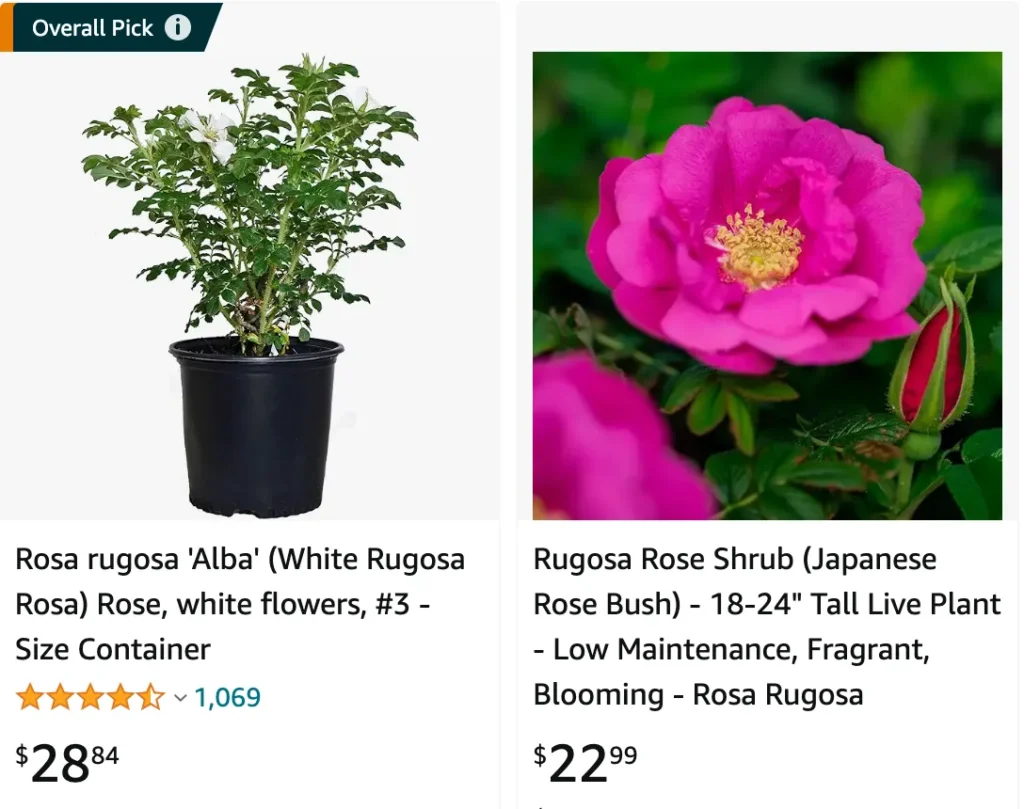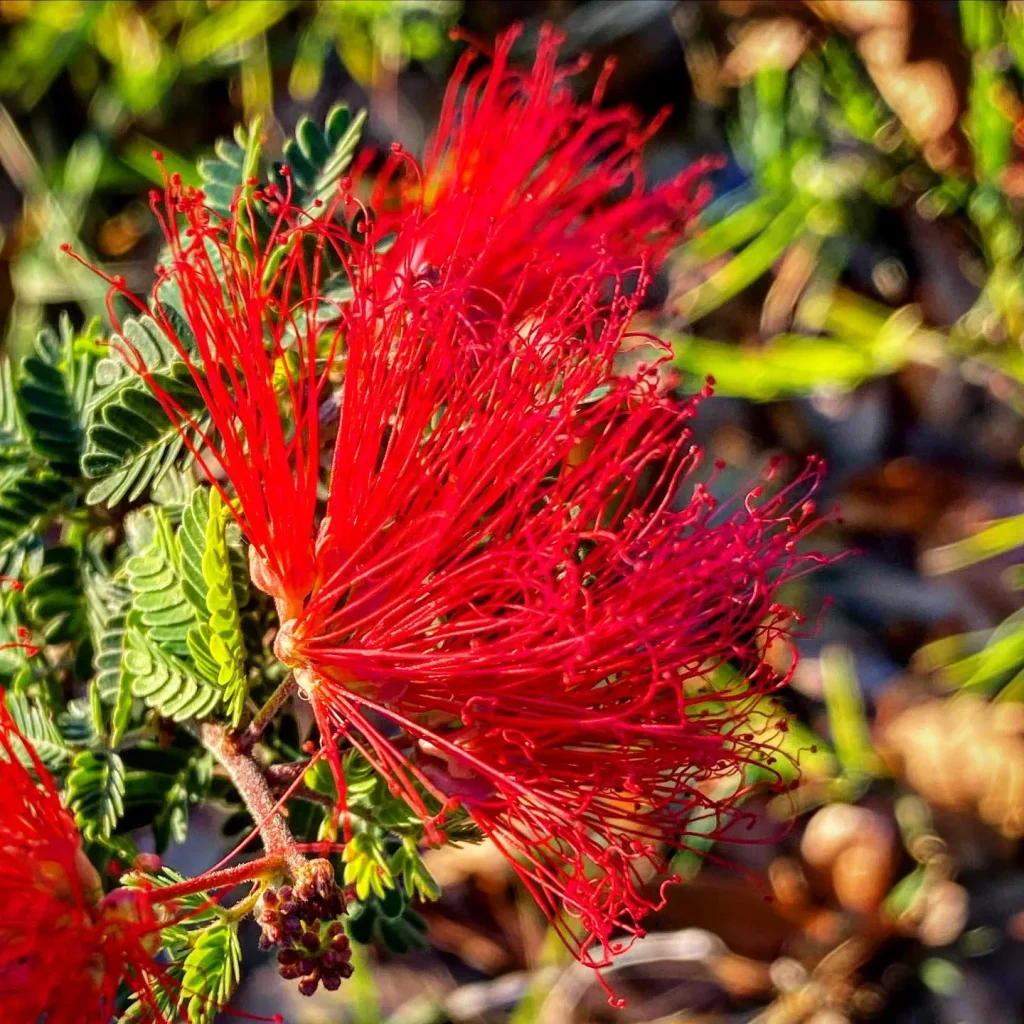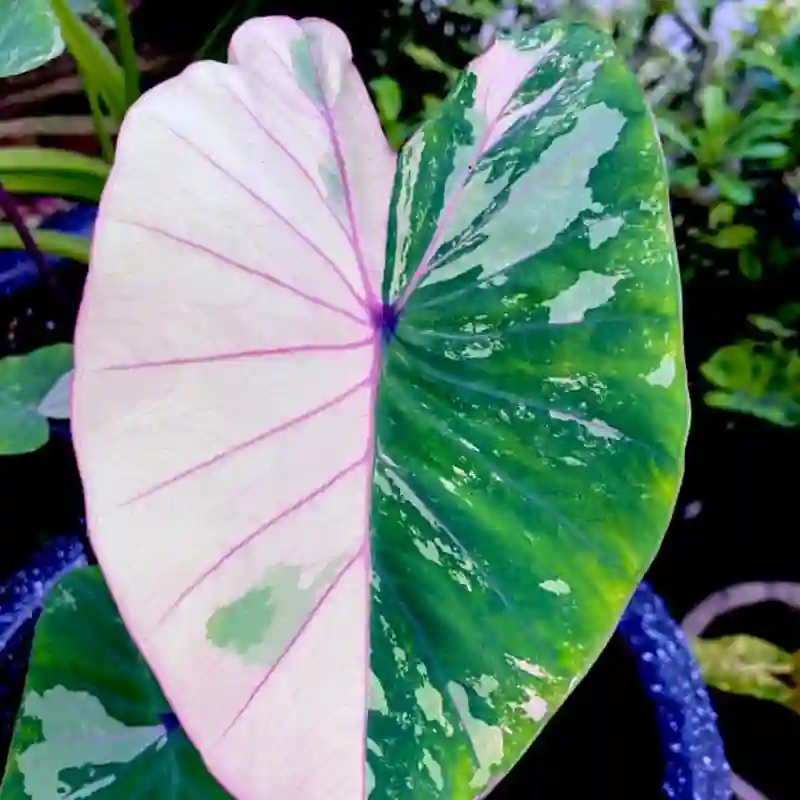
Rosaceae: A Plant Family Close to My Heart
As a passionate gardener and plant enthusiast, I, Ferb Vu, have always been fascinated by the diversity and beauty of the plant kingdom. One particular plant family that holds a special place in my heart is the Rosaceae, also known as the rose family. This remarkable family encompasses a wide array of plants, from delicate wildflowers to majestic trees, and includes many of our most beloved fruits, flowers, and ornamental plants. In this article, I’ll share my personal insights into the Rosaceae family, exploring its key characteristics, notable genera, and the reasons why it continues to captivate me.
Key Characteristics of the Rosaceae Family
The Rosaceae family is characterized by several distinctive features that set it apart from other plant families. These include:
- Flowers: Rosaceae flowers typically have five petals, numerous stamens, and a central receptacle that often develops into a fleshy fruit. The flowers can be solitary or arranged in clusters, and they come in a wide range of colors, including white, pink, red, yellow, and orange.
- Fruits: The fruits of Rosaceae plants are incredibly diverse, ranging from fleshy pomes (apples, pears) and drupes (cherries, plums) to aggregates of achenes (strawberries, raspberries) and follicles (spirea, ninebark). This diversity of fruit types reflects the family’s evolutionary success and its ability to adapt to various ecological niches.
- Leaves: Rosaceae leaves are typically alternate, simple or compound, and often have serrated margins. They can be deciduous or evergreen, depending on the species and its native habitat.
- Habit: The Rosaceae family includes plants with a wide range of growth habits, from herbaceous perennials and shrubs to trees. This diversity of forms allows Rosaceae plants to occupy a variety of ecological roles, from groundcover to canopy trees.
Genera of the Rosaceae Family
The Rosaceae family is divided into several subfamilies and tribes, each containing numerous genera.
- Acaena Mutis ex L.
- Adenostoma Hook. & Arn.
- Agrimonia L.
- Alchemilla L. – 796 Species in Genus Alchemilla
- Alniaria Rushforth
- Amelanchier Medik. – 27 Species in Genus Amelanchier – Serviceberry
- × Amelasorbus Rehder
- Argentina Hill – 71 Species in Genus Argentina
- Aria (Pers.) J.Jacq. ex Host
- Aronia Medik. – 3 Species in Genus Aronia
- Aruncus L. – 4 Species in Genus Aruncus
- Bencomia Webb & Berthel.
- Cercocarpus Kunth
- Chaenomeles Lindl. – 4 Species in Genus Chaenomeles – Flowering Quince
- Chamaebatia Benth.
- Chamaebatiaria (Porter ex W.H.Brewer & S.Watson) Maxim.
- Chamaecallis Smedmark
- Chamaemeles Lindl.
- Chamaemespilus Medik.
- Chamaerhodos Bunge
- Cliffortia L.
- Coleogyne Torr.
- Coluria R.Br.
- Comarum L.
- Cormus Spach
- Cotoneaster Medik. – 271 Species in Genus Cotoneaster
- Crataegus L. – 267 Species in Genus Crataegus
- Cydonia Mill. – Cydonia Oblonga in Genus Cydonia
- Dasiphora Raf.
- Dichotomanthes Kurz
- Dryas L. – 14 Species in Genus Dryas
- Drymocallis Fourr. ex Rydb.
- Dunnaria Rushforth
- Eriobotrya Lindl.
- Exochorda Lindl.
- Fallugia Endl.
- Farinopsis Chrtek & Soják
- Filipendula Mill. – 15 Species in Genus Filipendula
- Fragaria L. – 29 Species in Genus Fragaria
- Geum L. – 59 Species in Genus Geum
- Gillenia Moench
- Griffitharia Rushforth
- Hagenia J.F.Gmel.
- Hedlundia Sennikov & Kurtto
- Hesperomeles Lindl.
- Holodiscus (K.Koch) Maxim.
- Kageneckia Ruiz & Pav.
- Karpatiosorbus Sennikov & Kurtto
- Kelseya (S.Watson) Rydb.
- Kerria DC. – Kerria Japonica in Genus Kerria
- Leucosidea Eckl. & Zeyh.
- Lindleya Kunth
- Luetkea Bong.
- Lyonothamnus A.Gray
- Macromeles Koidz.
- Majovskya Sennikov & Kurtto
- Malacomeles (Decne.) Decne.
- Malus Mill. – 43 Species in Genus Malus
- Marcetella Svent.
- × Margyracaena Bitter
- Margyricarpus Ruiz & Pav.
- Micromeles Decne.
- Neillia D.Don
- Neviusia A.Gray
- Normeyera Sennikov & Kurtto
- Oemleria Rchb.
- Oncostylus (Schltdl.) F.Bolle
- Osteomeles Lindl.
- Pentactina Nakai
- Peraphyllum Nutt.
- Petrophytum (Nutt.) Rydb.
- Phippsiomeles B.B.Liu & J.Wen
- Photinia Lindl. – 29 Species in Genus Photinia
- Physocarpus (Cambess.) Raf. – 7 Species in Genus Physocarpus
- Pleiosorbus L.H.Zhou & C.Y.Wu
- Polylepis Ruiz & Pav.
- Potaninia Maxim.
- Potentilla L. – 557 Species in Genus Potentilla – Cinquefoil
- Pourthiaea Decne.
- Prinsepia Royle
- Prunus L. – 390 Species in Genus Prunus
- Pseudocydonia (C.K.Schneid.) C.K.Schneid.
- Purshia DC. ex Poir.
- Pyracantha M.Roem. – 6 Species in Genus Pyracantha
- × Pyraria A.Chev.
- Pyrus L. – 80 Species in Genus Pyrus – Pears
- Rhaphiolepis Lindl. – 12 Species in Genus Rhaphiolepis
- Rhodotypos Siebold & Zucc.
- Rosa L. – 389 Species in Genus Rosa
- Rubus L. – 1555 Species in Genus Rubus
- Sanguisorba L. – 38 Species in Genus Sanguisorba
- Sarcopoterium Spach
- Scandosorbus Sennikov
- Sibbaldia L.
- Sibbaldianthe Juz.
- Sibiraea Maxim.
- Sieversia Willd.
- Sorbaria (Ser. ex DC.) A.Braun – 4 Species in Genus Sorbaria
- × Sorbaronia C.K.Schneid.
- × Sorbocotoneaster Pojark.
- × Sorbomeles Sennikov & Kurtto
- Sorbus L. – 107 Species in Genus Sorbus
- Spenceria Trimen
- Spiraea L. – 116 Species in Genus Spiraea
- Spiraeanthus (Fisch. & C.A.Mey.) Maxim.
- Stranvaesia Lindl.
- Taihangia T.T.Yu & C.L.Li
- Tetraglochin Poepp.
- Thomsonaria Rushforth
- Torminalis Medik.
- Vauquelinia Corrêa ex Bonpl.
- Waldsteinia Willd.
- Weniomeles B.B.Liu
- Wilsonaria Rushforth
- Xerospiraea Henrard
The Allure of the Rosaceae Family
The Rosaceae family continues to fascinate me for several reasons:
- Diversity: The sheer diversity of plants within the Rosaceae family is awe-inspiring. From delicate wildflowers to towering trees, from succulent fruits to fragrant flowers, this family showcases the incredible range of forms and functions that plants can exhibit.
- Beauty: Rosaceae plants are renowned for their beauty, whether it’s the vibrant colors of roses, the delicate blossoms of cherry trees, or the graceful foliage of mountain ashes. These plants add visual appeal to gardens, landscapes, and natural ecosystems, enhancing our appreciation of the natural world.
- Utility: The Rosaceae family provides us with a wealth of valuable resources, including fruits, nuts, timber, and medicinal plants. These plants have played a vital role in human societies for centuries, providing sustenance, shelter, and healing.
- Ecological Importance: Rosaceae plants play a crucial role in ecosystems, providing food and habitat for a wide range of wildlife, including pollinators, birds, and mammals. These plants contribute to the biodiversity and ecological balance of our planet.
How to plant and care for Roses?
Sunlight: Roses crave sunshine. Aim for at least 6 hours of direct sunlight daily for optimal growth and vibrant blooms.
Soil: Well-draining, fertile soil is key. Amend clay-heavy soils with sand or compost, and enrich sandy soils with organic matter. A soil pH of 6.5-7.0 is ideal.
Watering: Roses are thirsty, but avoid drowning them. Deep watering every few days, allowing the soil to dry slightly between sessions, is better than frequent shallow watering.
Feeding: Roses benefit from regular fertilization. Use a rose-specific fertilizer formulated for your region and blooming cycle.
Pruning: Proper pruning encourages healthy growth and abundant blooms. Prune in late winter or early spring before new growth appears. Remove dead, diseased, or crossing branches, and shorten healthy canes by about one-third.
What are common problems of Roses?
Pests and Diseases: Roses are susceptible to various pests like aphids, black spot, and powdery mildew. Regularly monitor your plants and address issues promptly with organic methods whenever possible. Neem oil, insecticidal soap, and fungicides can be effective tools.
Deadheading: To encourage continuous blooming, deadhead spent flowers by removing them just below the faded bloom where the next set of five leaflets joins the stem. This promotes new bud formation.
Winter Care: Protect your roses from harsh winter conditions. Pile mulch around the base of the plant to insulate the roots. In colder climates, consider mounding soil around the canes for additional protection.
In conclusion, the Rosaceae family is a treasure trove of botanical wonders, offering a glimpse into the incredible diversity, beauty, and utility of the plant kingdom. As a passionate gardener and plant enthusiast, I am continually drawn to the Rosaceae family, captivated by its remarkable plants and their profound impact on our lives and the environment. I encourage everyone to explore the world of Rosaceae plants and discover the many ways in which they enrich our lives and the world around us.
If i die, water my plants!



